Our selection of exhibitions and events not to be missed this month.
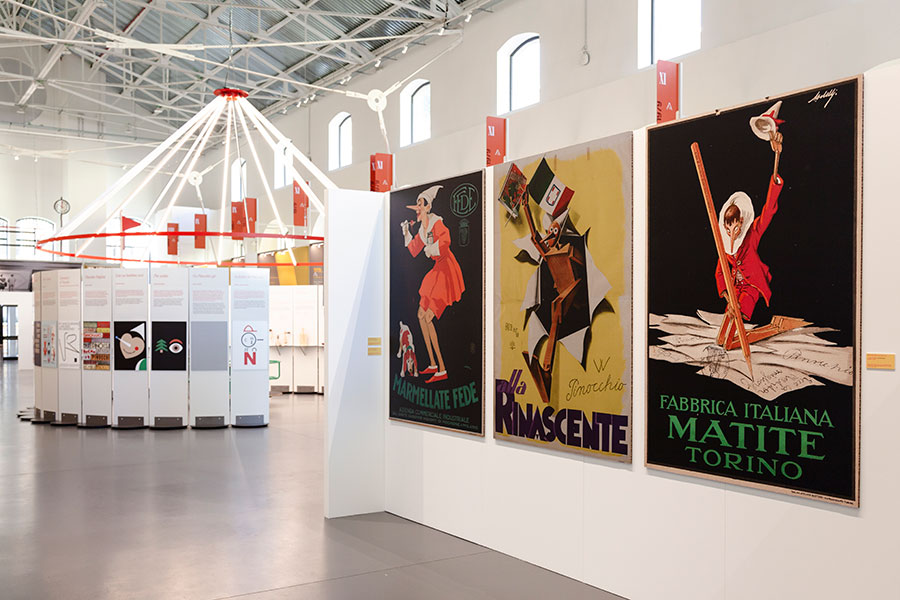
© Denise Manzi
Milano: “Carissimo Pinocchio”
To celebrate the 140th anniversary of the first edition of “The adventures of Pinocchio – the story of a puppet” by Carlo Collodi, the most translated Italian book worldwide, from 30th November 2023 until 4th February 2024 the ADI Design Museum is presenting a selection of projects dedicated to the icon who has inspired generations of thinkers and creative professionals. The exhibition is introduced with a historical section curated by Marco Belpoliti, which welcomes the visitor with magazine and book covers, sketches and historical illustrations and concludes with a selection of original drawings taken from Pinocchio? (ed. Libri Scheiwiller). This was one of the last works by Andrea Branzi, the architect, designer, theorist and undisputed leader of the radical avant-garde who recently passed away and to whom the exhibition is dedicated. Among the Masters of Italian design, Branzi created his own personal vision of Collodi's famous tale with one hundred drawings that tell the story of Italy's best-known puppet. The heart of “Carissimo Pinocchio” is a collection of 62 new projects by 31 designers and 31 graphic designers, created specifically for the exhibition. As Giulio Iacchetti says, it is “a different expression of the feelings and actions of many Italian designers: an expanded, kaleidoscopic, surprising view, capable of presenting the ability of Italian design to create timeless images and objects, thus celebrating the myth of Geppetto, the first Italian designer!” The Pinocchios on show have been created thanks to working partnerships with businesses, qualified craftsmen and women. In some cases they have been self-produced, and are all on display in a large circular carousel. In addition to this section there is a collection of objects produced by some of the most important Made in Italy companies and inspired by the Pinocchio icon. At the end of the presentation in Italy and following the subsequent traveling tour, the 62 specially made Pinocchios will be sold at a charity auction.
Where: ADI Design Museum
When: Until 4 February 2024
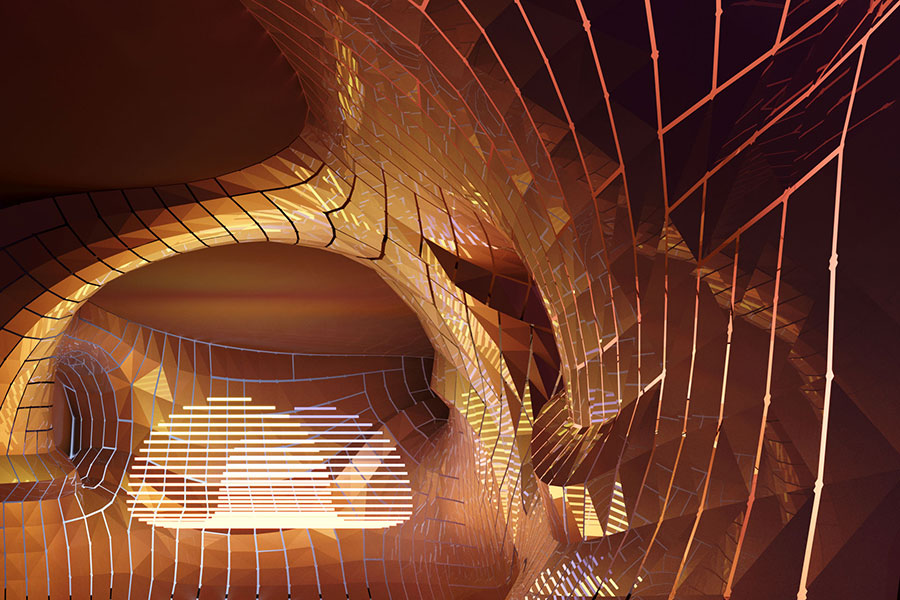
Nuoro: “Il resto dell’alba. Pininfarina Architecture e Patrick Tuttofuoco”
Against the backdrop of a year that MAN in Nuoro has dedicated to the dialogue between art and architecture, an unprecedented project designed specifically for the museum's spaces now takes shape. The exhibition Il Resto dell'Alba is the result of a theoretical discussion between artist Patrick Tuttofuoco, museographer-curator Maddalena d'Alfonso and architect Giovanni de Niederhäusern, vice-president of Pininfarina Architettura. Il Resto dell'Alba is an enveloping work that interprets the new frontier of the virtual by giving a physical body to the hyper-technology of the digital. The environment designed with generative parametric design tools is entirely made of aluminium cut with a technique called mesh clustering, to optimise the use of material, numerical control fabrication and dry assembly. This will make it possible, at the end of the exhibition, to dismantle the work and reuse the material in the recycling chain. The double sun is an object-form composed of the incipient sphere and its double, which is also a luminous shadow, an inconceivable short-circuit on the question of the source of light and heat. The exhibition, in a dialogue between art, architecture and museography, offers the public a personal experience, in which the dilation of the moment of dawn crystallises a state of expectation, a suspended time, and confronts the observer with questions about an increasingly unnatural future, but from the perspective of a virtuous reciprocity between nature and technology. Between past and future, the visitor embodies the present. The museographic landscape inferred from the digital imagery of the metaverse makes one perceive the fascination of the discomfort of being too close to the sun. A sensation that generates reflection on major common and current issues, which must be addressed with ever-increasing urgency: from the most obvious, relating to climate change, to those of research on design to support waste reduction and raw materials.
Where: MAN Museo d’Arte Provincia di Nuoro
When: Until 3 March 2024

Torino: “Anish Kapoor - Untrue Unreal”
A major exhibition devised and produced with the celebrated artist who has revolutionised the notion of sculpture in contemporary art. Curated by Arturo Galansino, Director General of Fondazione Palazzo Strozzi, the show will feature monumental installations, intimate environments and thought-provoking forms that will forge an original and captivating dialogue between the art of Anish Kapoor and the architecture and audience of Palazzo Strozzi. With a wide range of early, mid-career and recent works, including a new architecturally scaled work especially conceived for the Renaissance courtyard of Palazzo Strozzi, the exhibition offers an opportunity to engage directly with the artist’s oeuvre in all its versatility, discord, entropy and ephemerality. Palazzo Strozzi becomes a venue at once concave and convex, whole and yet fragmented, in which visitors are called on to question their senses.
Where: Palazzo Strozzi
When: Until 4 February 2024
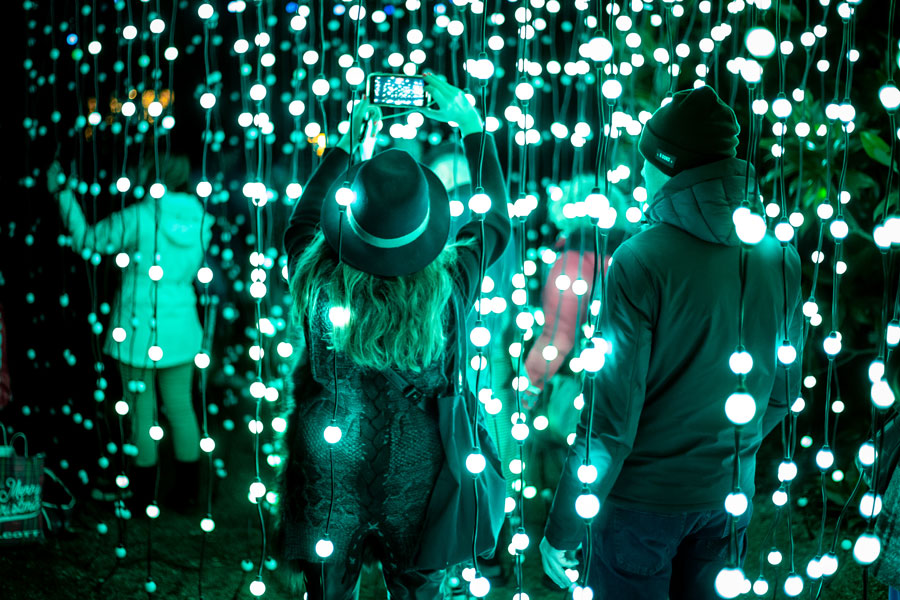
Roma e Monza: “Trame di luce”
A double appointment, with an international allure, animates the Italian winter in the sign of dreamlike atmospheres, art and wonder: Trame di Luce. Until 7 January, Rome and Monza rediscover two of Italy's historic "en plein air" places devoted to beauty, the Botanical Garden with the Accademia dei Lincei in Rome and the Villa Reale Gardens in Monza. Two unique sites, pervaded with sparkling magic and fairytale settings, to share an experience designed for everyone, young and old. Trame di Luce is the most exciting and magical walk of the Italian winter, among enchanted woods, curious creatures, magical caves, tunnels of light, colourful galaxies, and fronds of infinite hues. The winter event opens to the public with the prospect of involving new parks and gardens and the intention of designing a luminous plot that enhances the historical identities of each location while also underlining their European cultural character. The two routes, designed and curated by the artistic direction of IMG and Be.it, display installations and works creating the most brilliant scenography in Italy.
Where: Orto Botanico e Accademia dei Lincei (Roma), Giardini di Villa Reale (Monza)
When: Until 7 January 2024
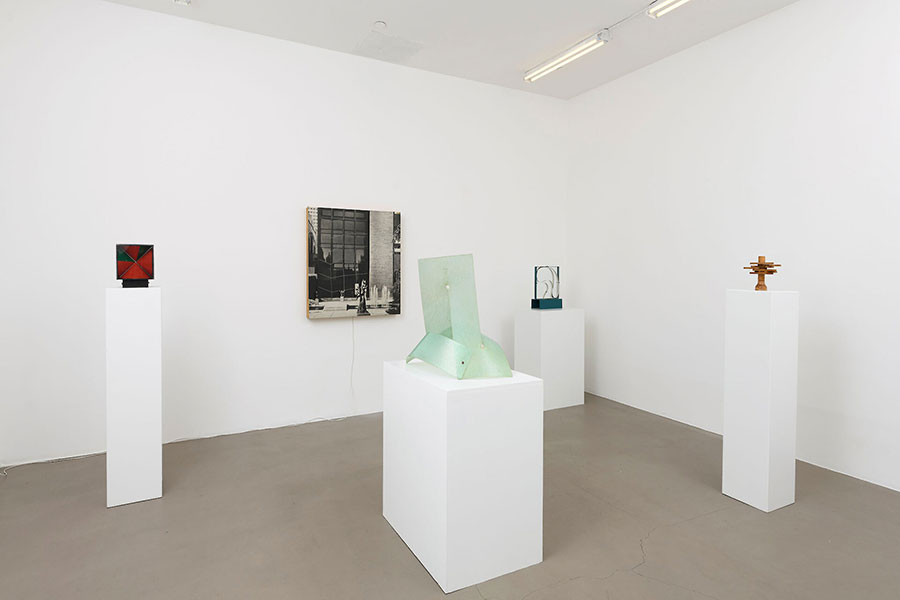
Roma: “Macchine Inutili. Gianni Colombo e Bruno Munari”
Double solo show, curated by Marco Scotini and In collaboration with Filippo Percassi, by two historical masters of the second half of the Italian 20th Century such as Bruno Munari and Gianni Colombo, united by many factors despite coming from very different generations. The works on display, including Negativo Positivo by Munari and Spazio Elastico by Colombo, aim to resume the threads of an open dialogue between the two artists: a dialogue that began already in 1960 with the first exhibition of Gruppo T (of which Colombo was a member), Miriorama 1, in which Munari was recognized as an immediate precedent (together with Fontana, Tinguely, Manzoni and Baj) and which would then continue in 1962 when Munari himself included the Group in the milestone exhibition Arte Programmata at the Olivetti shop in Milan and much desired by Munari himself, who had recognized in the Gruppo T a new generation of artists carrying an innovative message, that of art in movement. Emancipating themselves from the narrow confines of painting, sculpture and architecture, the works of Colombo and Munari find common ground in the idea of perceptive instability: the viewer's perception is modified and the space is participated, becoming a fundamental element of the work. Bruno Munari and Gianni Colombo are two innovators and pioneers, united by the common objective of going beyond the conventional functions of space, materials, objects: advocates of a new language that still today keeps all its contemporaneity intact.
Where: Magazzino Gallery
When: Until 20 January 2024
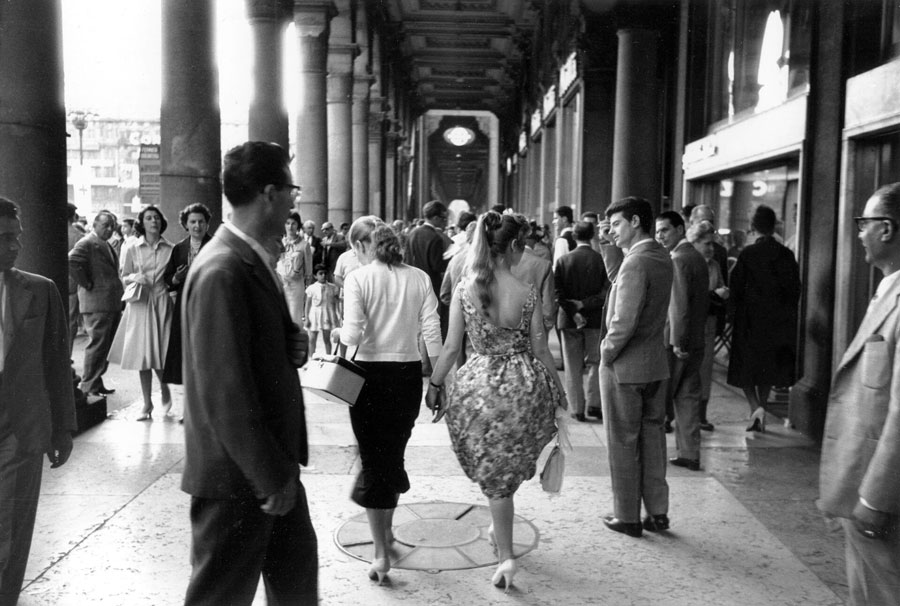
Milano: “Mario De Biasi e Milano: Edizione Straordinaria”
A visual essay on the work of Mario De Biasi (1923-2013), a versatile photographer, defined by Enzo Biagi as 'the man who could photograph everything'. And in this everything he favoured the Lombard capital, where he moved at the age of 15. So one hundred years after his birth, the Museum is dedicating an Extraordinary Edition to him that brings together a series of iconic shots dedicated to his adopted city. The exhibition, organised and produced by Mondadori Portfolio in collaboration with Milan's Museo Diocesano and curated by Maria Vittoria Baravelli and Silvia De Biasi, presents 100 mostly vintage photographs, proofs and unpublished shots, taken over a career spanning almost seventy years by one of the most popular authors of the second half of the Italian 20th century, who for three decades documented the history of Italy through the pages of Arnoldo Mondadori Editore's Epoca magazine. The exhibition - consisting of works from the Mondadori Archive and the Mario De Biasi Archive - gives the public an insight into the personal language that De Biasi adapted to very different contexts. And, in particular, in Milan. A gaze that is both lucid and evocative, capable of recounting a controversial moment in Italian history with immediacy and originality. In the orderly plots of his shots, one can read the historical and cultural changes of the country, which in the 1950s and 1960s was settling on a renewed cultural identity.
Where: Museo Diocesano Carlo Maria Martini
When: Until 21 January 2024
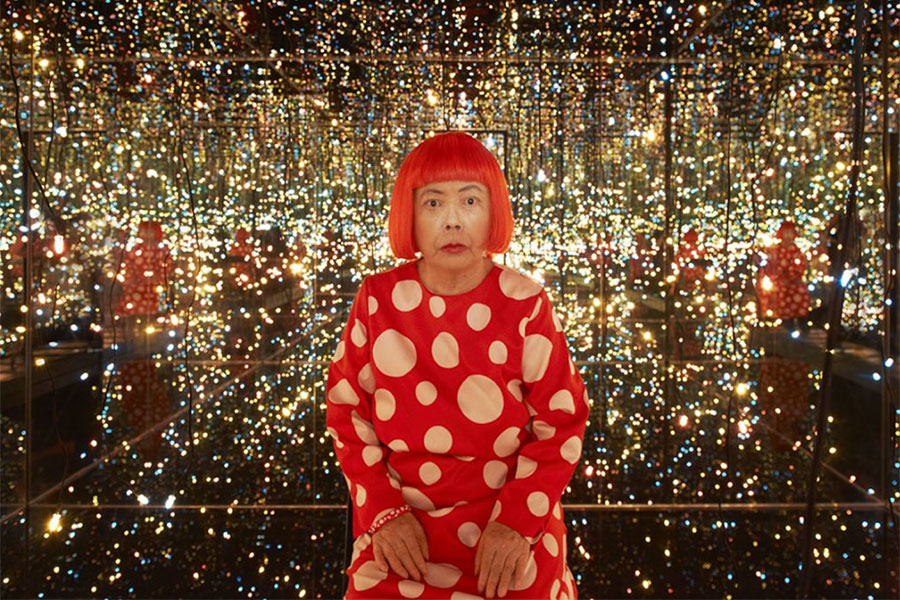
Bergamo: “Yayoi Kusama - Infinito Presente”
To celebrate the year of Bergamo-Brescia as the Italian Capital of Culture 2023, The Blank Contemporary Art and the Municipality of Bergamo present within the festival ArtDate the exhibition-event Yayoi Kusama. Infinito Presente, curated by Stefano Raimondi. Acknowledged to be the most popular and acclaimed of living artists, the exhibition allows visitors to enter Yayoi Kusama’s famous Infinity Mirror Room featuring Fireflies on the Water (2002), for the first time in Italy, on loan from the permanent collection of the Whitney Museum of American Art.
Where: Palazzo della Ragione, Piazza Vecchia
When: Until 24 March 2024
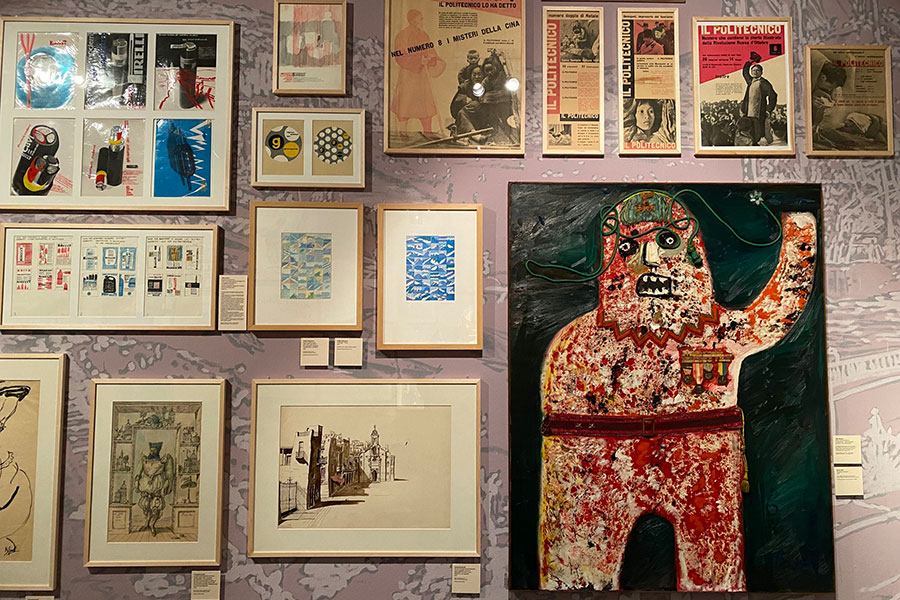
Genova: “Calvino Cantafavole"
Palazzo Ducale, Comune di Genova and Regione Liguria presents a tribute to Italo Calvino, as part of the cultural initiatives of Genoa Italian Book Capital 2023 and of the Celebrations for the centenary of his birth, coordinated by the Committee set up for the occasion by the Italian Ministry of Culture and chaired by Giovanna Calvino. In Italo Calvino’s universe, the fairy tale is a constant poetic reference an the place par excellence of fantasy. The exhibition allows a visual geography of Calvino’s world to be constructed faithfully following the author’s works. His fascination for the fairy tale derives on the one hand from his encounter with the Ligurian landscape, which he loved since childhood, and on the other from illustratious, comics, cartoons, films, both Italian and English. These are inspirations that Calvino would bring to the surface through his work as editorial director for Einaudi. Within the exhibition, the fairy tale is explored both through the illustrations of Lele Luzzati, who was a long-rime collaborator of Calvino, and through the magical world of the Tarot, of which Calvino was strongly fond precisely because of their visionary potential. Alongside the map of the many artists Calvino wrote about, all linked to the fantastic – from de Chirico to Bona de Pisis, from Domenico Gnoli to Luigi Serafini – the exhibition presents an itinerary on the fairy tale declined in its relations with music, television and theatre analysed through the productions co-written with Tori Scialoja and Donatella Ziliotto and with fellow countryman Luciano Berlo, but also in the works for theatre and television by Giulio Paolini. The set design, which makes the tree the centrai element, is conceived by Emanuele Conte and Paolo Bonfiglio, and realised by Fondazione Luzzati Teatro della Tosse. The stage design director is Andrea Morini. Alongside the exhibition in the Loggia degli Abati, Casa Luzzati presents Lele Luzzati’s work for Calvino. Over one hundred originai works are on display, from the materials of the Quartetto Cetra to the record covers of Calvino’s fairy tales, from set designs for the theatre to the work of nursery rhymes, for RAI1’s Barone rampante, for Voltaire’s Candide.
Where: Palazzo Ducale (Loggia degli Abati e Casa Luzzati)
When: Until 7 April 2024
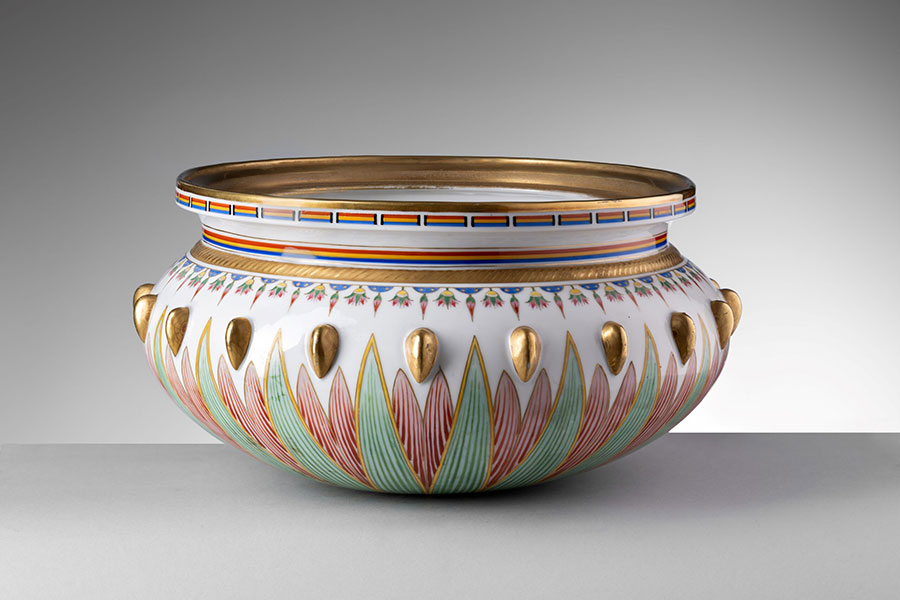
Milano: “Oro bianco. Tre secoli di porcellane Ginori"
The exhibition, curated by Federica Manoli, curator of the Poldi Pezzoli Museum's ceramics collection, and by Oliva Rucellai and Rita Balleri, curators of the Ginori Museum, presents a selection of the most important works produced by the Ginori Manufactory between the 18th and 20th centuries, preserved in various Italian and European museums, as well as at the Poldi Pezzoli, at the Ginori Museum, currently closed for restoration, and in private collections. The exhibition itinerary presents about 60 works and spans three centuries, presenting the most significant phases of the prestigious Manifattura's production. The itinerary comes to an end with a section dedicated to the artistic direction of Gio Ponti (1923-1933), who, while looking towards new horizons, never abandoned the references to the past, a distinctive feature of the Manifattura over the centuries: among his works on display are two exceptional Ciste made especially for Fernanda and Ugo Ojetti, now owned by the Poldi Pezzoli Museum. The elegant and evocative layout is by the Guicciardini and Magni Architetti studio of Florence. For the entire duration of the exhibition, numerous collateral activities, workshops for families, in-depth conferences and a series of meetings linked to the theme of 'table culture' will be organised.
Where: Museo Poldi Pezzoli
When: Until19 February 2024
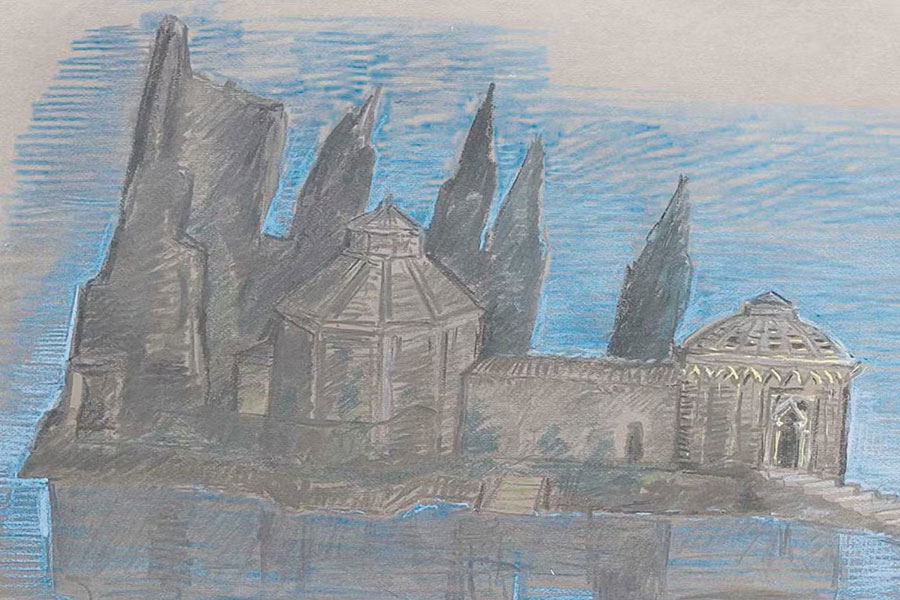
Venezia: “Venezia! Tornerò mai più a Venezia?"
In addition to the Rome of La dolce vita (1960) and the Rimini of Amarcord (1973), Federico Fellini indissolubly linked his name and his cinematic fantasies to Venice, through Il Casanova (1976), a film that also represents the apex of Danilo Donati's work, one of the most celebrated set and costume designers in Italian cinema, a former collaborator of directors such as Monicelli, Rossellini, Pasolini and Zeffirelli, who lent his ingenuity and mastery to a series of Fellini masterpieces: from Satyricon (1969) to Amarcord (1973) to Il Casanova, for which he won an Oscar in 1977 for 'Best Costume Design', to which he added two 1977 Nastri d'argento for Best Set Design and Best Costumes. The preparatory cartoons for Donati's set designs, exhibited for the first time, take us back inside the Venice imagined by Fellini and Donati, made up of suggestions, fantasies, oneiricism: these sketches, part of a larger collection, emblematically propose to us the long journey made by the Venetian adventurer through his life and through 18th-century Europe, along the sequence of episodes carefully chosen by Fellini in his tormented rereading of Casanova's biography.
Where: Negozio Olivetti, Piazza San Marco
When: Until 7 January 2024
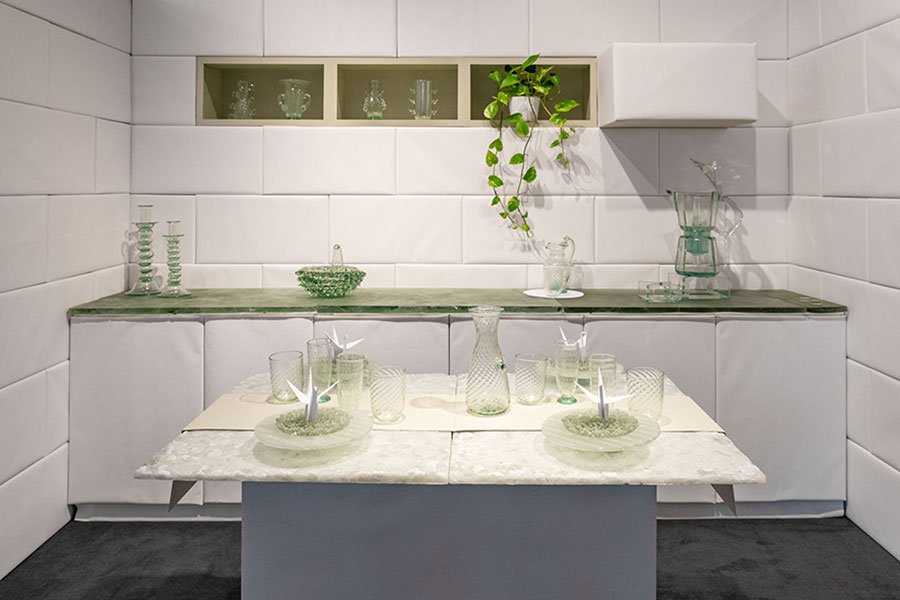
© Zeta Group
Murano: “Murano: Upcycling Glass”
Until 6 January 2024, the Murano Glass Museum (Venice) will be hosting an exhibition curated by Matteo Silverio that will break new ground by presenting approximately 40 pieces produced by the master glassmakers from the island using recycled industrial glass: a material with which they are not accustomed to working. The glass in question is made from secondary raw materials, in the shape of clear, colourless recycled glass that is totally different from the traditional Murano glass they normally use. 15 master glassmakers from companies licensed to display the Veneto Region’s Vetro Artistico® Murano trademark decided to take on the challenge and put themselves to the test in order to show that even waste glass can be used to make magnificent works of art embellished by the techniques – such as blowing, fusing and lampworking, as well as grinding and beating – that make the exceptional artisan creations from Murano totally unique. The aim is to raise public awareness about recycling, sustainability and more mindful use of raw materials, with an exhibition design that has recreated a modern loft apartment inside the Brandolini Room. Murano: Upcycling Glass is one of the initiatives that have been organized for The Venice Glass Week 2023, the international festival that has been taking place in the city since 2017. The exhibition is supporting the Sea the Change project, which seeks to protect the lagoon ecosystem.
Where: Museo del Vetro, Sala Nove (Sala Brandolini)
When: Until 6 January 2024
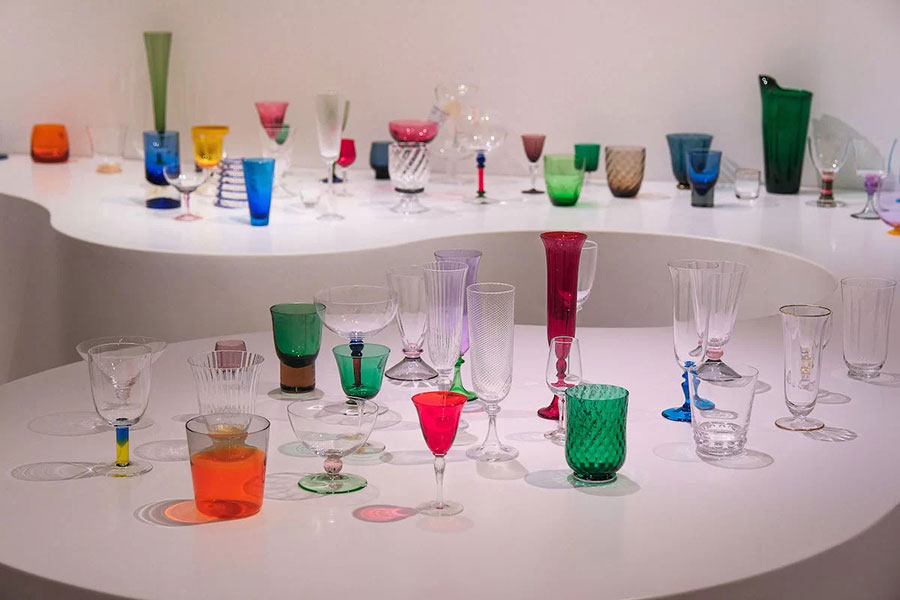
Murano: “Cento anni di NasonMoretti. Storia di una famiglia del vetro muranese”
This 2023 exhibition, curated by Cristina Beltrami and Chiara Squarcina, is an occasion for one of Murano’s most flourishing and original companies, NasonMoretti, to celebrate one hundred years of activity. An opportunity to look back, open the archives, and share with visitors to the Glass Museum a noteworthy history composed of more than ten thousand models. Founded in 1923, the Nason & Moretti glassworks at once chose a specific direction – the art of tableware – but with a thoroughly modern approach that would also remain faithful to traditional technique of the past, reinterpreting it to suit contemporary formulas. Equipped with a rich palette and a constant openness to innovation, Nason & Moretti has been a point of reference in design since the 1950s, when in 1955 its Lidia bowls won the prized Compasso d’oro, and it began its regular presence at the Venice Biennale. The exhibition – and a subsequent celebratory book – will contain an overview of the most successful pieces created by the firm, as well as those resulting from its partnerships with some of the most important names in design and architecture. A no less essential section will be dedicated to current projects, demonstrating the thriving vitality of this historic Murano family business.
Where: Museo del Vetro
When: Until 6 January 2024
Tag: Mostre Fuorisalone tips News
© Fuorisalone.it — All rights reserved. — Published on 04 December 2023












